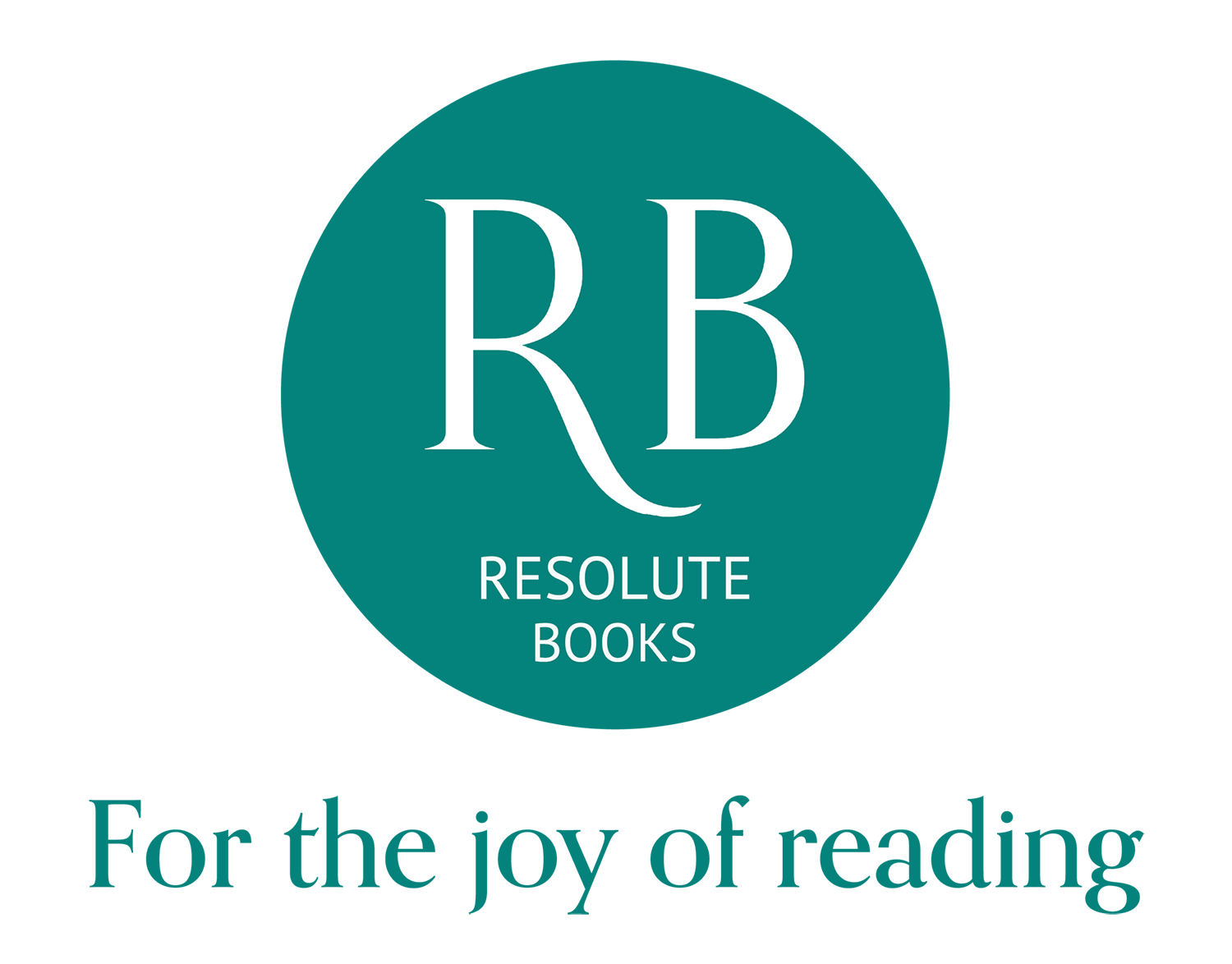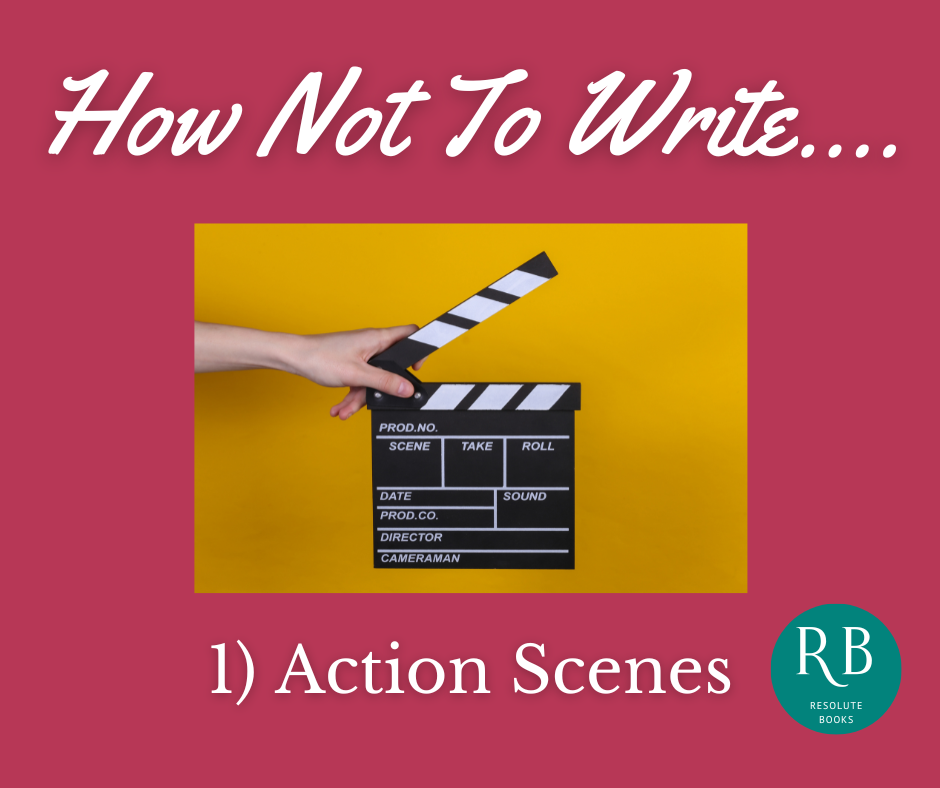How Not To Write Action Scenes
Here at Resolute Books we’re thrilled to be starting a brand new series on the blog today: The ‘How Not To’ guide to writing. You can expect posts such as How Not To Write Dialogue. How Not To Build Worlds, How Not To Write Historical Fiction and How Not To Write Crime Scenes, all from different authors within Resolute Books.
Today the series is kicking off with Paul Trembling, author of the crime thriller Local Killer, on how action scenes should - or shouldn’t - be written.
How not to write action scenes
Of course, not every story has, or needs, an action scene. (So you might want to skip this altogether.) But if you do have them - or even just one of them - in your story, then it’s probably a fairly crucial part. Very often the climax of a novel will be an action scene, a full on, high octane, no-holds-barred final confrontation between two (or more!) major characters. And if you’ve just spent the last 80,000 words working your way up to that, you absolutely need to get it right!
The big problem that you - and all writers - have with an action scene is that you’re trying to do two opposite things at once. One the one hand, pace is everything, and you need to keep things moving or even accelerating all the way through. On the other hand, you’re introducing the reader to a potentially very complex situation, with a lot of things happening in a very narrow time frame, and you need to give them enough information to be able to visualise that. Unfortunately, description tends to slow things down: dialogue might work better but it has its own limitations - in an action scene it has to be short and snappy, there isn’t time for long conversations.
In my opinion, the key to a successfully written action scene is getting the right balance between these two things. And the way not to write a good action scene is to miss out on one of them.
So, for example, if you go all out for pace in your action scene then you run the risk of leaving your reader confused. They know that a lot is happening, but they’ve no idea what. And when it’s all over and the dust has settled (yes, do avoid clichés) they’re asking, ‘So how did we get to this?’
It could well be argued that a period of utter confusion is an accurate rendition of real-life experience in an action-scene type situation. Very often, people who find themselves in that sort of environment, especially if they have no training or past experience, will not know what is happening, and afterwards won’t be able to give a coherent account of what did happen. You can use that in a book - but not too much. Too much and your reader’s going to get fed up with not knowing what’s going on.
The other extreme is where everything is laid out in clinical detail, every moment described. Something like…
’As soon as Hannah opened the door, Professor Darkness fired. But he was on the other side of the room, a range of forty feet, and due to the floating-barrel design his automatic pistol was not very accurate at that range. The bullet struck the door just above and slightly to the left of Hannah’s head. A wooden splinter from the door struck her on the forehead, just above her left eye. It drew blood but caused no significant damage. She instinctively threw herself to the floor before the Professor could fire again, drawing her own pistol as she did so.’
In that paragraph, you know exactly what is happening, in every detail. But imagine a full length action scene written like that? It would be slow reading. It wouldn’t generate much excitement or tension. In short, it would be the very antithesis of an action scene.
I have come across both mistakes, and in some cases they have ruined entire novels - otherwise quite good novels. In one case, adventurers fighting a dragon found time to engage in a long conversation whilst doing so. Quite apart from slowing down the pace, it was totally unrealistic.
We could go to the other extreme and strip the scene down to the bare essentials:
“Professor Darkness fired and missed.”
Which is short and snappy, but which tells us nothing about the scene, gives no idea about location, doesn’t help us to visualise events. If the scene continued like that, the reader would know what happened, but not how.
The first draft needs to be made shorter and faster, without losing significant detail:
“As soon as Hannah opened the door, Professor Darkness fired from the other side of the room, hitting the door and sending wood splinters into her face. She dived to the floor, drawing her pistol as she did so.”
This gives a clearer picture. There is some ‘wiggle room’ on what could be included, but I’ve chosen to highlight the speed of events (it happens as soon as the door is opened) the distance involved (giving a reason for the Professor to miss) the closeness of the miss (sending wood splinters into her face) and Hannah’s reaction (which again shows the speed of events, and so adds some pace).
I’ve chosen to miss out some less significant details. It’s not necessary at this stage to give the exact size of the room, just to give an impression of space and distance. More exact descriptions can be slipped in later, if necessary. The details of the Professor’s pistol aren’t important here either. The reader doesn’t need to know exactly were the bullet struck or precisely what injuries Hannah sustained from the splinters. If the injury does become significant later, that will be the time to mention it. (“Blood was dripping into Hannah’s eye from the wood splinter. She wiped it away and aimed again.”)
The next time you read an action scene, take a moment to look at the nuts and bolts of it. In particular, look at the balance between pace and description. Do you understand what’s happening? Is it exciting? Does it work as an action scene?
Then go and write it yourself!

